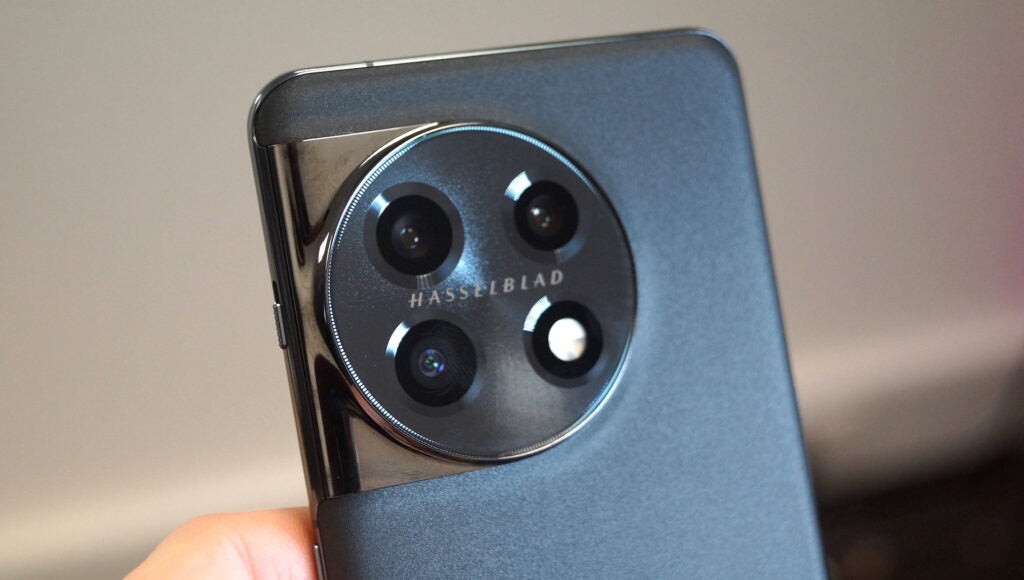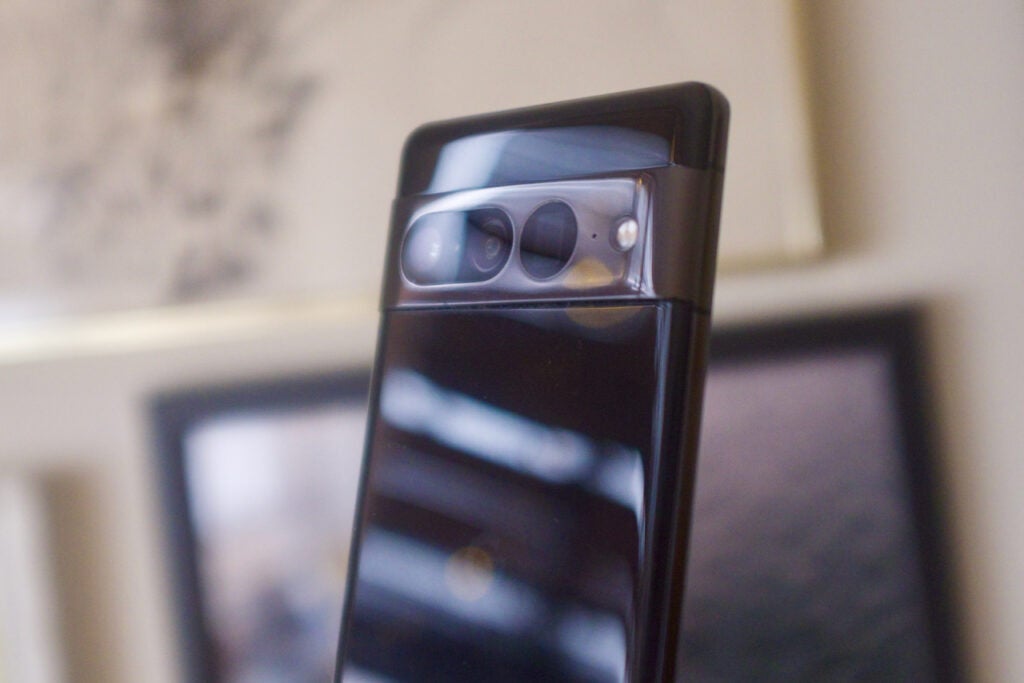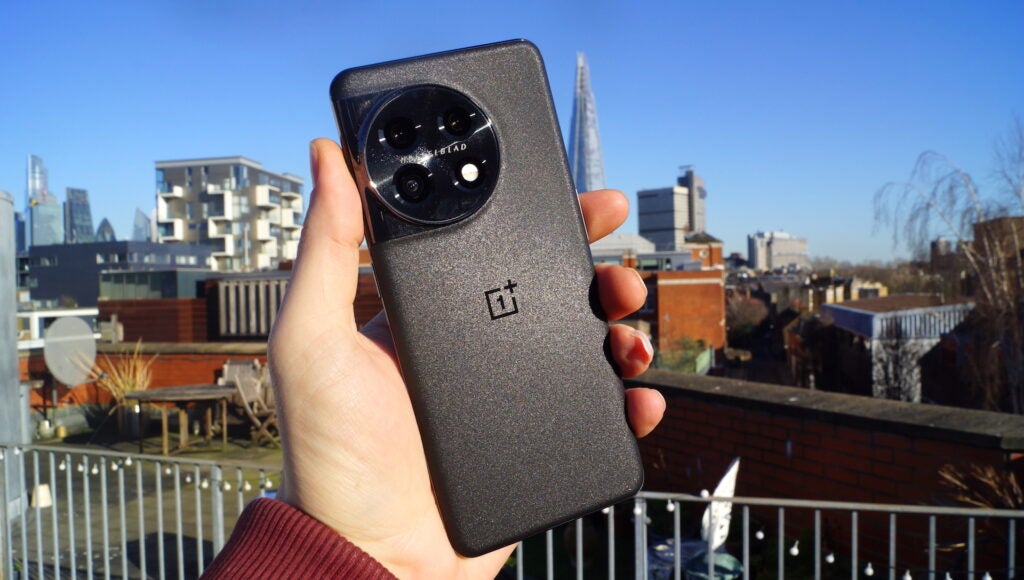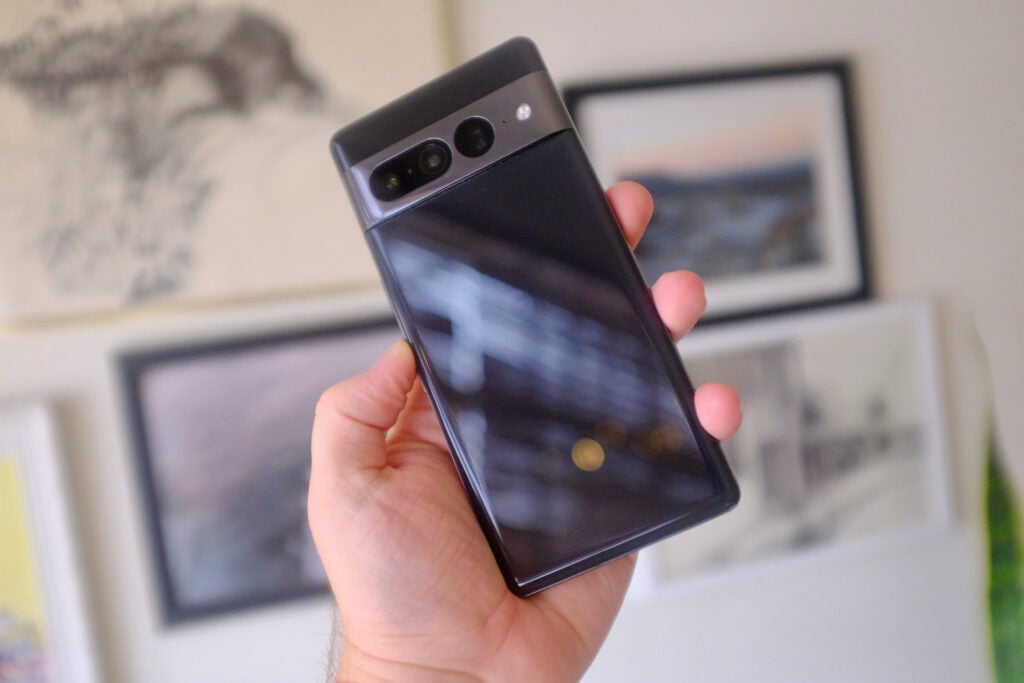If you’re in need of a new phone, you might be looking at a couple of the current flagship options including the OnePlus 11 and the Google Pixel 7 Pro.
OnePlus launched the OnePlus 11 at the beginning of February, impressing us with its stunning AMOLED display and high-end performance.
The Pixel 7 Pro has been around since October 2022 and, as expected, packs a brilliant camera and the best version of Google’s own Android interface around.
Keep reading to discover how the two smartphones compare.
Pricing
The OnePlus 11 and the Pixel 7 Pro are two of the cheapest flagship phones on the market right now, beating out the likes of the iPhone 14 Pro and the Samsung Galaxy S23 Ultra when it comes to affordability.
The OnePlus 11 is priced at $699/£729/€849, while the Pixel 7 Pro costs $200/£120/€50 more at $899/£849/€899.

Design and display
The OnePlus 11 has an eye-catching sparkly finish with a new aluminium and glass circular camera housing on the back. The build quality is great and the alert slider is back after it was ditched for the OnePlus 10T, allowing users to toggle between loud, vibrate and silent with the flip of a switch.
Turn the phone over and you’ll find a 6.7-inch AMOLED display with a 1440p resolution, 120Hz refresh rate and LTPO 3.0 technology to save battery life when high refresh rates aren’t needed. This is particularly vital for the always-on display, which allows users to see notifications, control music and more without unlocking the phone.
There’s 10-bit colour support, which we found makes animated shows and games appear especially vibrant on the phone screen, along with Dolby Vision and HDR10+ for impressive dynamic range in supported titles. The phone is also bright enough to use in harsh sunlight.
Lastly, there’s a fingerprint scanner embedded in the display.
The Pixel 7 Pro also comes with an interesting camera housing. In this case, the Camera Bar runs from one side of the phone to the other, contrasting nicely with the finish of the phone.
The Pixel comes with a 1440p 6.7-inch OLED display with a 120Hz refresh rate. That refresh rate can drop to 10Hz to reserve battery during simpler tasks but can’t dip as low as the 1Hz on the OnePlus 11.
Like the OnePlus, the Pixel comes with HDR support and can be used in direct sunlight.
The Pixel 7 Pro takes advantage of an in-display fingerprint sensor. There’s also face unlock for faster signing in – something the OnePlus 11 does not have.

Cameras
The OnePlus 11 consists of a 50-megapixel main camera, a 48-megapixel 115-degree ultra-wide camera and a 32-megapixel 2x telephoto lens, which we found to be a capable trio of cameras that are able to handle a variety of scenes.
The main sensor offers impressive performance in low-light conditions, capturing more light and detail than we could see with the naked eye in some instances. With that said, in more challenging low-light, the phone can have difficulty focusing.
The phone is able to capture images in 10-bit colour, allowing for impressive, true-to-life colour reproduction, though there were some occasions where the colours weren’t entirely accurate and had to be fixed with a quick edit.
HDR performance is great too, with objects in the foreground remaining clear despite bright backlighting.
The OnePlus 11 is capable of capturing 8K video at 24fps or 4K at 60fps, with an AI-powered video mode available to boost low-light performance and ensure videos pop.
Finally, there’s a 16-megapixel selfie camera on the front that is good for stills and video calls but falls short when recording video. The resolution caps out at 1080p and there’s no support for autofocus.
The Google Pixel 7 Pro also has a triple camera. In this case, it consists of a 50-megapixel wide camera, a 48-megapixel 120-degree telephoto lens and a 12-megapixel ultra-wide.
We found images to be full of detail, dynamic range and rich, contrast-heavy colour. Reds and greens pop in daylight photos and exposure levels are consistently good.
Google Real Tone is great at reproducing skin tones and low-light performance is very good with the help of its Night Sight feature, which brings a lot of brightness into shots while retaining detail. There’s also Photo Unblur for sharpening photos and Magic Eraser for removing photobombers and unwanted objects.
The macro mode is a bit rubbish and, while 4K/60fps video capture works fine, it simply doesn’t offer the same brilliant colours as the photos.
Lastly, there’s a 10-megapixel front camera that captures good selfies and is capable of recording 4K/60fps video.

Performance
Both phones are powered by flagship chips.
The OnePlus 11 carries Qualcomm’s Snapdragon 8 Gen 2, offering snappy performance with quick-loading apps and no stutter or lag when scrolling through media-heavy apps like Twitter.
However, it does get hot to the touch during extended gaming sessions with demanding titles like Call of Duty Mobile.
The Pixel 7 Pro, meanwhile, packs Google’s own Tensor G2, a chipset designed to increase Google’s suite of AI features rather than rival the performance of the Snapdragon chip. These include the Pixel’s image processing skills as well as its translation and voice transcription abilities.
Despite the focus being on AI, the Pixel’s performance is still fast and smooth and the phone is capable of running demanding games like Genshin Impact.

Battery life
Both Android phones pack 5000mAh batteries, with the OnePlus 11 capable of comfortably lasting a day with around 30% remaining and the Pixel 7 Pro similarly offering daylong use before requiring a recharge.
When it comes to charging, both phones also support fast charging. However, where the Pixel is limited to 30W charging, the OnePlus takes advantage of parent company Oppo’s SuperVOOC 100W charging, meaning you can get a full charge in under 30 minutes.
However, the OnePlus doesn’t support wireless charging, while the Google Pixel does.
Verdict
The OnePlus 11 and the Pixel 7 Pro are two fantastic Android phones that pack a range of flagship features.
Both phones offer bright 6.7-inch displays with 120Hz refresh rates, advanced triple cameras, fast performance and all-day battery lives.
However, the OnePlus’ display can drop down to 1Hz to save battery and its camera supports 8K video recording. The phone also offers faster charging, snappier performance and costs a bit less.
The Pixel 7 Pro, meanwhile, packs a wide range of AI-powered features, including more advanced image processing options. It also offers 4K recording on the front camera and supports wireless charging – something that is absent from the OnePlus.






